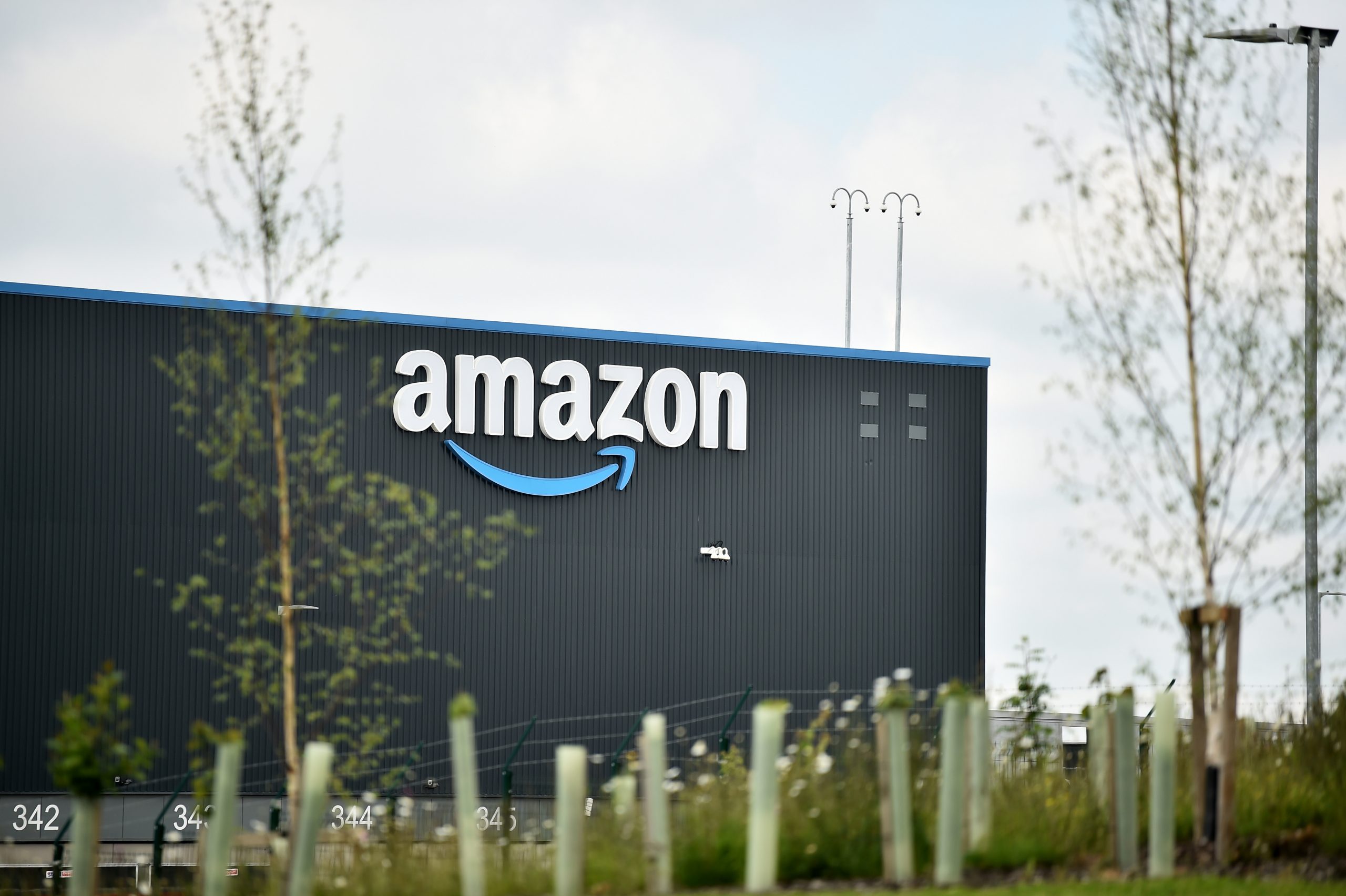Even hyper-liberal Amazon, it seems, can’t afford the labor union agenda.
Last week, to much fanfare, the company introduced “Sparrow,” a sorting robot it intends to deploy in its warehouses.
“Sparrow is the first robotic system in our warehouses that can detect, select, and handle individual products in our inventory,” the company said in a news release Thursday.
It’s the latest robot to be deployed by the massive online retailer in its warehouses.
“Over the past decade, Amazon has been at the forefront of innovation, making significant investments in robotics and advanced technology within its operations,” the news release said. “Our dedicated teams of roboticists, engineers, software developers, and other experts have been developing solutions that allow us to automate fundamental capabilities — like how we move, handle, sort, identify, and store products.
“A critical part of our fulfillment process happens before items are even packaged for shipment to customers. Sophisticated technology moves totes to employees who select inventory to be packaged.
“Once the items are boxed up, our existing robotic arms — like Robin and our recently announced Cardinal — can then redirect packages to various locations in the warehouse before they begin their delivery journey.”
Meet Sparrow. Amazon’s new intelligent robotic system that streamlines the fulfillment process by moving individual products before they get packaged, announced today at our #DeliveringTheFuture event: https://t.co/gbDj6fUi8o pic.twitter.com/0O3D4DgSa8
— Amazon Science (@AmazonScience) November 10, 2022
The difference is that Sparrow isn’t just redirecting packages, it’s picking them up.
“In our focus on robotics, we knew we had an opportunity to dig deeper into research and development to support individual product handling,” the news release said. “We have millions of products of all shapes and sizes in our inventory, and we recognized the opportunity to invent new technology that could help handle them at Amazon’s scale.”
I’m in Massachusetts looking at Amazon’s new Sparrow robot picking arm, which the company says can recognize and pick up 65% of the 100 million different items on its website. pic.twitter.com/E9iP1GqowT
— Theo Wayt (@theo_wayt) November 10, 2022
However, it’s not difficult to read the subtext here: Now that labor unions have managed some small victories in organizing Amazon’s warehouse workers, the company wouldn’t mind replacing them with machines.
Earlier this year, employees at one of Amazon’s New York City warehouses voted to join the newly formed Amazon Labor Union in what Bloomberg described as a move “that gives organized labor its first foothold in the company’s U.S. operations.”
“The victory is a watershed moment for Amazon. The Seattle-based company has managed to keep unions out of its U.S. operations for more than a quarter-century,” Bloomberg reported in April.
“Unless the company can get the result overturned, Amazon will have to start contract negotiations that potentially could hamper its ability to adjust work requirements and scheduling on the fly,” the outlet said. “The outcome also could embolden workers and labor activists to try to organize other Amazon facilities and even spill over into other industries.”
“This is a huge shot in the arm for the entire labor movement,” Kate Bronfenbrenner, director of labor education research at Cornell University, told Bloomberg.
“This is going to inspire workers, not just throughout the U.S. In people’s eyes, Amazon and Walmart are interchangeable as the biggest private-sector employers that everyone thought couldn’t be beaten,” she said. “It takes one of the biggest, and says you can organize anyone.”
Sure, you may be able to organize anyone. Whether that organization sticks, however, depends on whether they can be replaced. According to Business Insider, one Amazon warehouse worker expressed concerns that the robot “will take my job.”
“On social media forums for Amazon warehouse workers, users discussed the likelihood that Sparrow could leave warehouses ‘quiet,’ save for small teams of humans there to repair the robots,” the report said.
They have reason to be concerned, according to a former Amazon warehouse employee.
“You can’t compete with the robots,” Mohamed Mire Mohamed said. “They want you to compete with the robots. They want all the employees to compete with them. But who can win against a robot?”
Mohamed, ironically, is now helping to organize workers at his former Amazon warehouse through a labor advocacy group. The question asks itself: If he doesn’t think humans can win against robots, why is he trying to make low-skilled workers useless by making them too expensive to hire?
If warehouse work with Amazon isn’t the easiest job physically, it also isn’t one that requires extensive experience or other qualifications. There’s a considerable labor supply, in other words. If the cost of that labor increases dramatically, however — well, that’s where Sparrow comes in. Good luck fighting it.
Jeff Bezos may be a liberal, but at the end of the day, he’s a businessman. If workers are too expensive or inefficient, he won’t hesitate to look at his bottom line before he looks at the leftist line. Too bad for the workers who didn’t realize this before their unionization push.
This article appeared originally on The Western Journal.

























 Continue with Google
Continue with Google